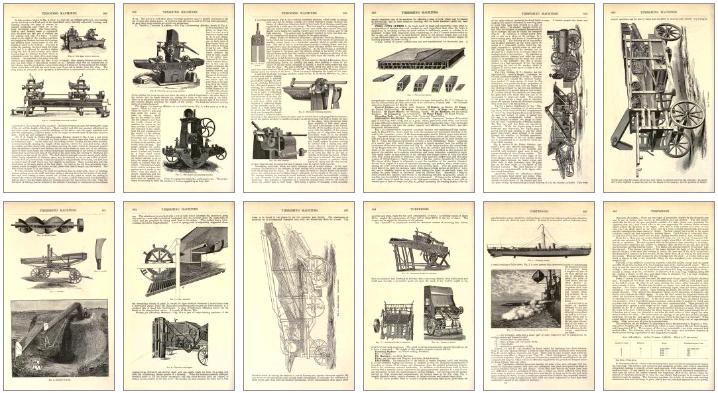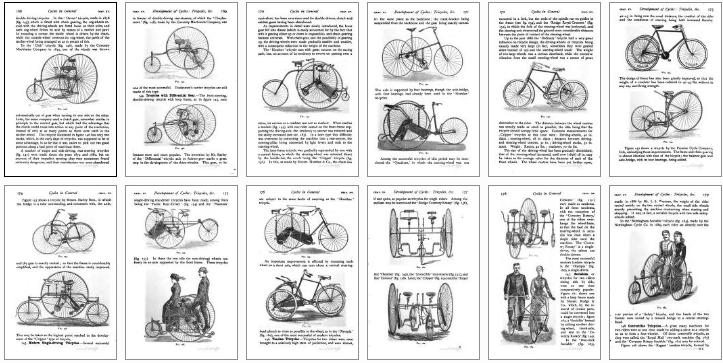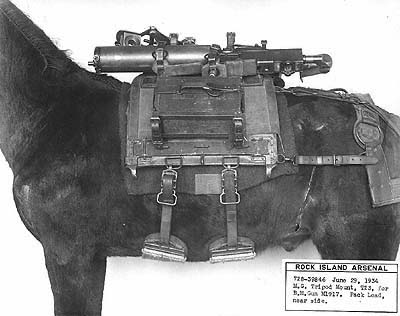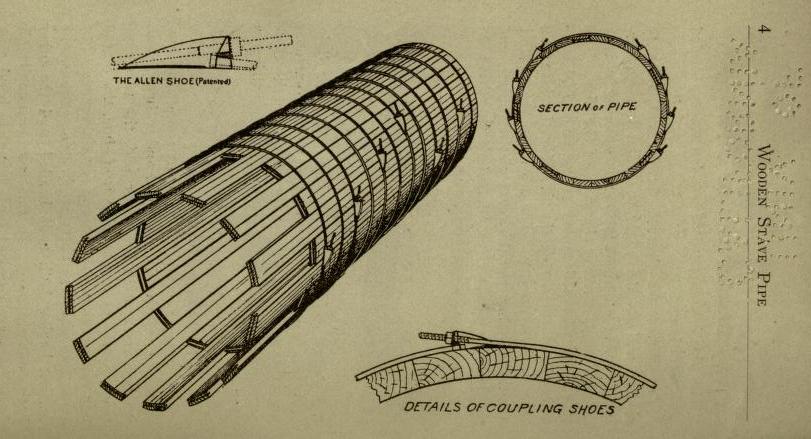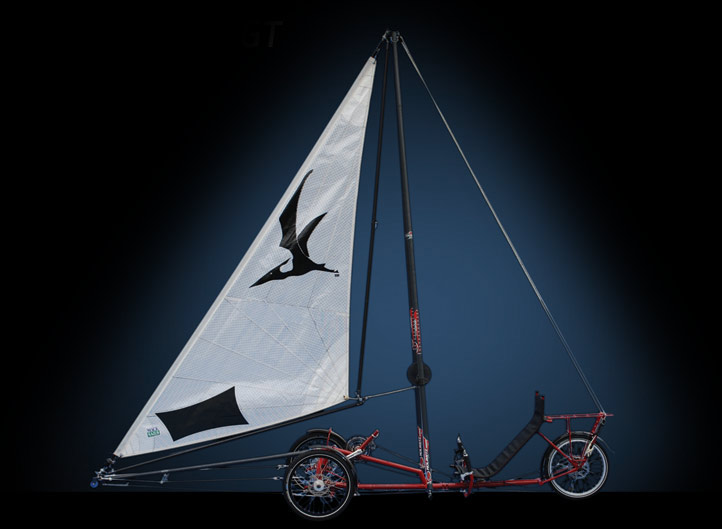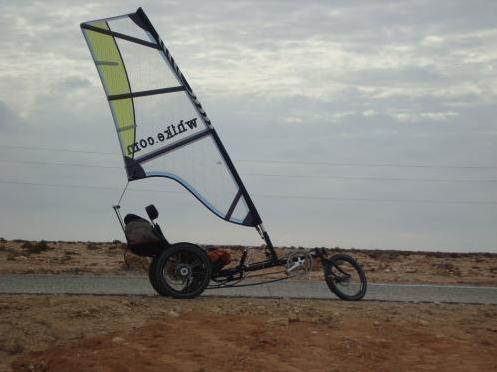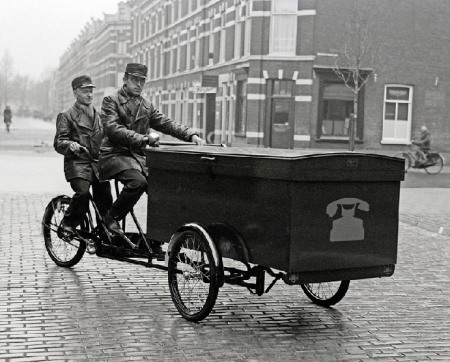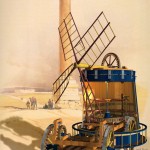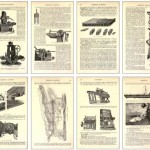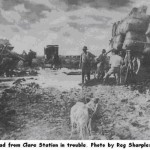“Modern mechanism; exhibiting the latest progress in machines, motors, and the transmission of power“, Benjamin Park (1892).
Exhibiting the Latest Progress in Machines, Motors, and the Transmission of Power (1892)
Bicycles & tricycles; an elementary treatise on their design and construction
“Bicycles & tricycles; an elementary treatise on their design and construction, with examples and tables“, Archibald Sharp (1896).
Phillips, Decker and Canadian Pack Saddles
Reader BG Hearns writes: “While your link to the 1916 pack manual is of historical interest, what you ought to know is that low-tech packing has advanced considerably over that publication and anyone who wishes to pack with animals should know that there are much superior options available today. The manual describes a very difficult to use piece of equipment that is so easy to get wrong that only a few experts could ever use it properly.
What your readers ought to know is that in 1924, the US army adopted the Phillips Pack Saddle which was much simpler and easier to use. Other advances in pack saddles since then are the Decker style (more) and the Canadian saddle pack, neither of which require complex knots, both of which incorporate simple, effective new design ideas, and both of which could be easily made in a small shop. Perfect for low-tech affictionados.”
Thanks for the note, BG. I have added some more links to your comment.
Wooden Stave Pipes
“This book is intended to furnish general information regarding the construction, the advantages and the use of our wooden stave pipe”. “Wooden stave pipes“, Redwood Manufacturers Company, 1911. Via Arquitectura y Madera. Wooden pipes were (and occasionally still are) used for domestic water supply, irrigation, sewer systems and hydraulic power stations. Summary below the fold.
Wind Powered Trikes
Pterosail Trike Systems is sailing and cycling over 3,000 miles from coast to coast across the USA this summer. The Pterosail is a street-legal recumbent tricycle with sails. It can reach up to 40 mph in good winds. No wind? Pedal. See also, below: the Whike, a Dutch made sail assisted trike.
Related: Guido Vigevano’s wind car / Sailing rockets / Kiteboating / Velomobiles.
Tandem Cargo Tricycle (1940) & More Vintage Dutch Carrier Bikes
Mechanics from the Dutch telecom department PTT (1940). Found at Transportfiets. The blog has more pictures of old Dutch carrier bikes, some of them below.
